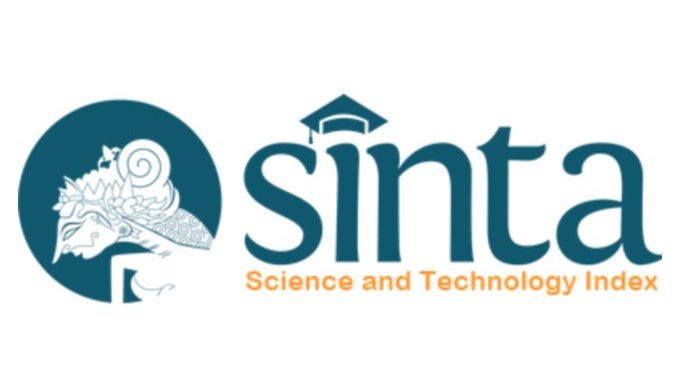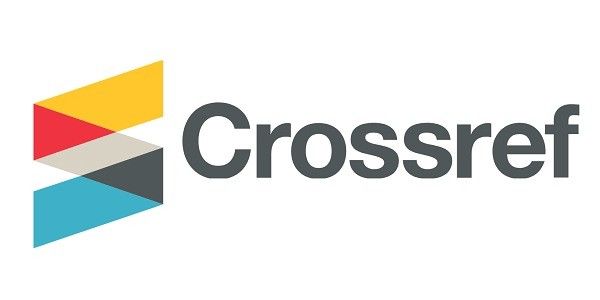Hubungan Indeks Massa Tubuh dengan Akne Vulgaris pada Siswa-Siswi SMA Negeri 7 Medan
DOI:
https://doi.org/10.55175/cdk.v46i4.477Keywords:
Akne vulgaris, IMT, indeks massa tubuh, obesitasAbstract
Pendahuluan: Akne vulgaris adalah penyakit inflamasi kronis folikel pilosebasea yang umumnya terjadi pada masa remaja dan dapat sembuh sendiri. Obesitas diduga salah satu faktor yang dapat mempengaruhi terjadinya akne vulgaris. Tujuan: Mengetahui hubungan antara IMT dan akne vulgaris pada siswa-siswi SMA Negeri 7 Medan. Metode: Penelitian observasional analitik desain studi cross-sectional dengan metode stratified random sampling pada sampel 90 orang. Data dianalisis menggunakan uji chi-square dilanjutkan dengan menghitung nilai prevalence ratio (PR). Hasil: Ada hubungan antara IMT dan akne vulgaris pada siswa-siswi SMA Negeri 7 Medan (p = 0,044). Siswa dengan IMT kategori obesitas berisiko akne vulgaris 1,481 kali lebih besar daripada siswa dengan IMT kategori tidak obesitas (PR = 1,438). Simpulan: IMT berhubungan signifikan dengan akne vulgaris pada siswa-siswi SMA Negeri 7 Medan.
Introduction: Acne vulgaris is a chronic inflammatory disease of the pilosebaceous follicle generally occurs in adolescence and could be self limiting. Obesity is thought to be one of the influencing factor. Aim: To examine the relationship between BMI and the incidence of acne vulgaris among SMA Negeri 7 Medan students. Methods: An analytic observational cross-sectional study on 90 students collected using stratified random sampling method. The data were analyzed using chi-square, prevalence ratio (PR) was calculated. Results: Obese students have 1,438 higher risk to have acne vulgaris than non-obese students (p=0,044). Conclusion: There is a significant relationship between BMI with the incidence of acne vulgaris among SMA Negeri 7 Medan students
Downloads
References
Wasitaatmadja SM. Akne, erupsi akneiformis, rosasea, rinofima. In: Djuanda A. Ilmu penyakit kulit dan kelamin. 6th ed. Jakarta : Universitas Indonesia; 2009
Abulnaja KO. Changes in the hormone and lipid profile of obese adolescent Saudi females with acne vulgaris. Brazilian J Med Biol Res. 2009;42:501-5
Tan JKL, Bhate K. A global perspective on the epidemiology of acne. Br J Dermatol. 2014;18:3
Olivia A, Jusuf NK. Studi retrospektif pasien akne vulgaris di RSUP H. Adam Malik Medan periode tahun 2010-2012. Kongres Nasional XV PERDOSKI Bandung; 2014
Tjekyan RMS. Kejadian dan faktor resiko akne vulgaris. M Med Indon. 2008;43(1):37-43
Strauss JS, Krowchuk DP, Leyden JJ, Lucky AW, Shalita AR, Siegfried EC, et al. Guidelines of care for acne vulgaris management. J Am Acad Dermatol. 2007;56:651-63
WHO. Obesity and overweight [Internet]. 2016 [cited 2016 April 3]. Availaible from: http://www.who.int/mediacentre/factsheets/fs311/en/
Tsai MC, Wenchieh YW, Cheng Yu, Guan Yu, Tzung Jen, Higher body mass index is a significant risk factor for acne formation in Schoolchildern. Eur J Dermatol. 2006;16(3):251-3
Depkes RI. Riset kesehatan dasar 2013. Jakarta: Depkes RI; 2013 .p. 216-7
Purwaningdyah RAK, Jusuf NK. Profil penderita akne vulgaris pada siswa-siswi di SMA Shafiyyatul Amaliyyah Medan. E-Journal FK USU 2013;1(1):1-8
Tjekyan RMS. Kejadian dan faktor resiko akne vulgaris. M Med Indonesia. 2008;43(1):37-43
Husain Y. Acne vulgaris in Nigeria adolescent: Prevalence, severity, beliefs, perceptions and practices. Internat J Dermatol. 2009;48:498–505
Herwati YD. Efek terapi sabun jerawat terhadap kejadian akne vulgaris pada remaja putri dinilai segi keparahan lesi. Yogyakarta: Universitas Muhammadiyah Yogyakarta; 2011
Hanisah A, Omar K, Shah SA. Prevalence of acne and its impact on the quality of life in school-aged adolescents in Malaysia. J Primary Health Care. 2009;1(1):20–5
Simbolon D. Model prediksi indeks massa tubuh remaja berdasarkan riwayat lahir dan status gizi anak. J Kes Masy Nas. 2013;8(1):19-27
Hogewoning AA, Koelemij I , Amoah AS, Bouwes Bavinck JN, Aryeetey Y, Hartgers F, et al. Prevalence and risk factors of inflammatory acne vulgaris in rural and urban Ghanaian school children. Br J Dermatol. 2009;161:475-7
Tahir M. Pathogenesis of acne vulgaris: Simplified. J Pak Assoc Dermatol. 2010;20:93-7
Vora S, Ovhal A, Jerajani H, Nair N, Chakrabortty A.. Correlation of facial sebum to serum insulin-like growth factor-1 in patients with acne. Br J Dermatol. 2008;159:979-95.
Afriyanti RN. Akne vulgaris pada remaja. J.Majority. 2015;4(6):10-7
Downloads
Published
How to Cite
Issue
Section
License
Copyright (c) 2019 https://creativecommons.org/licenses/by-nc/4.0/

This work is licensed under a Creative Commons Attribution-NonCommercial 4.0 International License.





















